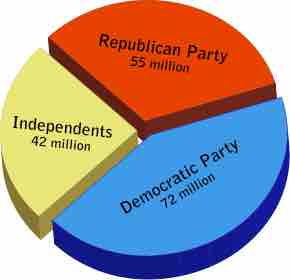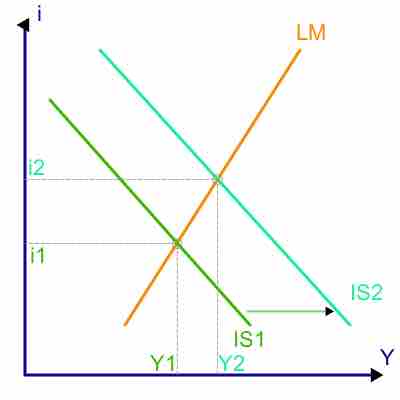Section 2
Evaluating Fiscal Policy
By Boundless
Automatic stabilizers are modern government budget policies that act to dampen fluctuations in real GDP.

Automatic stabilizers and discretionary policy differ in terms of timing of implementation and what each approach sets out to achieve.
The federal budget dictates how much money the government plans to raise and how it plans to spend it in the upcoming year.
Balanced budgets, and the associated topic of budget deficits, are a contentious point within both academic economics and politics.
Expansionary fiscal policy can lead to decreased private investment, decreased net imports, and increased inflation.
Government debt limits future government actions and can be hard to pay off because Congressmen are unwilling to do what is necessary to pay down the debt.

Two key limits of fiscal policy are coordination with the nation's monetary policy and differing political viewpoints.
Discretionary fiscal policy relies on getting the timing right, but this can be difficult to determine at the time decisions must be made.

Usually the term "crowding out" refers to the government using up financial and other resources that would otherwise be used by private enterprise.
The American Recovery and Reinvestment Act of 2009 (ARRA) was drafted in response to the Great Recession, primarily in order to create jobs.